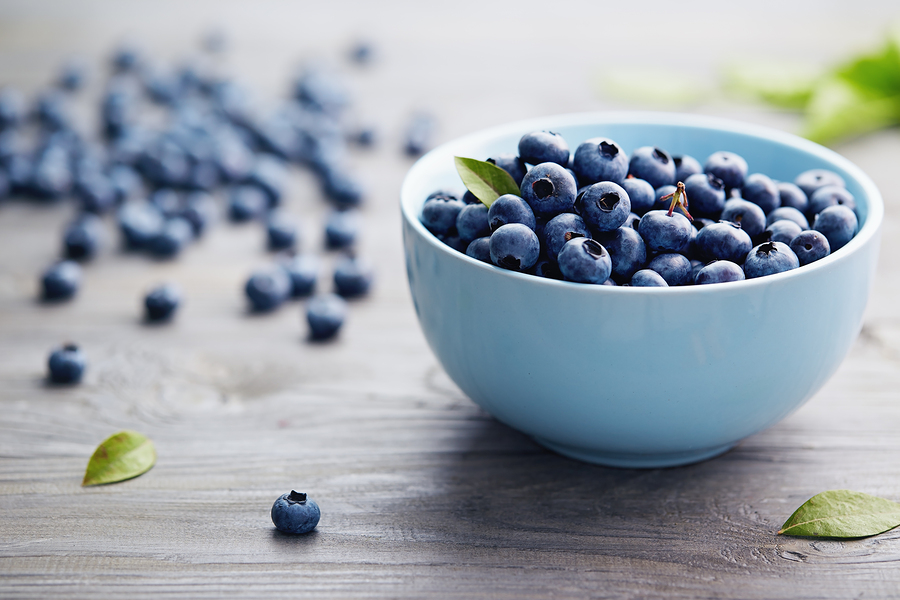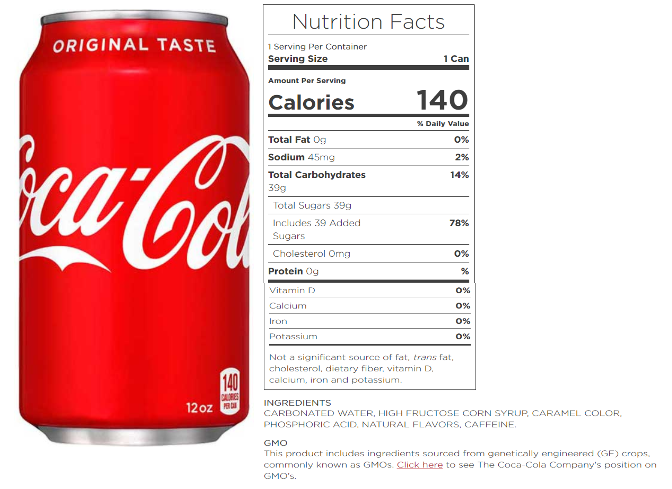Who would have thought there could be a connection between heart health and walnuts. Yet recent research shows that not only is there a strong connection between heart health and walnuts but that this connection also benefits the endothelium, which lines and regulates your cardiovascular system.
If you’ve been following my articles you know that I’m a firm believer in endothelial health and function for improved cardiovascular health. Now organizations like WebMD and Life Extension are highlighting the benefits of heart health and walnuts. Here are excerpts from recent publications from these two outstanding organizations.
What WebMD Says About Walnuts and Heart Health!
“Walnuts are the No. 1 nut for heart health, says a researcher who presented his findings Sunday at the American Chemical Society annual meeting. That’s because walnuts were found to have more antioxidants – and better-quality antioxidants – than other popular nuts tested, says Joe Vinson, PhD, a researcher at the University of Scranton in Pennsylvania.”
According to Dr. Vinson, “Twenty-eight grams of walnuts (an ounce) have more antioxidants than the sum of what the average person gets from fruits and vegetables.”
According to Dr. David Katz, director of the Yale University Prevention Research Center, “Studies show that walnuts improve cardiac risk factors and enhance blood flow.”
Click here to read the complete WebMD article entitled “Walnut May be Top Nut for Heart Health”
What Life Extension Says About Heart Health and Walnuts!
In the August issue of Life Extension, William Faloon discusses the health impact of walnuts in his editorial entitled “FDA Says Walnuts Are Illegal Drugs!” Specific to walnuts and heart health, William Faloon had this to say:
“The March 4, 1993, issue of the New England Journal of Medicine published the first clinical study showing significant reductions in dangerous LDL and improvement in the lipoprotein profile in response to moderate consumption of walnuts. Later studies revealed that walnuts improve endothelial function in ways that are independent of cholesterol reduction.
One study published by the American Heart Association journal Circulation on April 6, 2004, showed a 64% improvement in a measurement of endothelial function when walnuts were substituted for other fats in a Mediterranean diet.
As most Life Extension members are aware, the underlying cause of atherosclerosis is progressive endothelial dysfunction. Walnuts contain a variety of nutrients including arginine, polyphenols, and omega-3s that support the inner arterial lining and guard against abnormal platelet aggregation. These favorable biological effects explain why walnut consumption confers protection against coronary artery disease.
The US National Library of Medicine database contains no fewer than 35 peer-reviewed published papers supporting a claim that ingesting walnuts improves vascular health and may reduce heart attack risk.”
For the complete editorial by William Faloon from the August 2011 issue of Life Extension please click here.
Walnuts – An Ideal Snack!
Given the above information it makes sense to use walnuts as a heart healthy snack. According to the U.S. Department of Agriculture an ounce of walnuts contains 185 calories, 4 grams of protein, nearly 2 grams of fiber, and 18 grams of “heart-healthy” fat.
The most popular snack in America is potato chips. According to the Fat Secret website one ounce of potato chips contains 155 calories, 1.86 grams of protein, 1.2 grams of fiber, and 10.6 grams of fat.
Comparing the two snacks, walnuts are going to give you twice as much protein, almost twice as much fiber, and healthy fats that benefit cardiovascular health. Plus the extra protein and fiber will help to hold your appetite over a longer period of time. This will result in better energy and less hunger going into your next meal.
I also want to thank Life Extension for confirming what I’ve been talking about for a very long period of time.
According to William Faloon of Life Extension, “the underlying cause of atherosclerosis is progressive endothelial dysfunction.”
Atherosclerosis is the development of plaque formations in the interior of the vascular system leading to a narrowing of the vascular pathway. This can reduce blood flow and increase the potential for blood clots to form. It’s one of the major contributing factors for cardiovascular disease.
Implementing a nutrition program that nourishes and supports a healthy endothelium is critically important to your overall health and wellness. Your nutritional program needs to increase your endothelium’s ability to properly produce nitric oxide – the master signaling molecule of your entire cardiovascular system.
As the saying goes “an apple a day will keep the doctor away”. Well, maybe “an ounce of walnuts a day will keep the cardiovascular surgeon away!” Don’t minimize the value of walnuts and heart health. They could help reduce your risk for the number one killer of men and women worldwide, which is cardiovascular disease.









